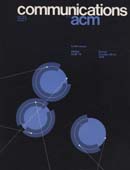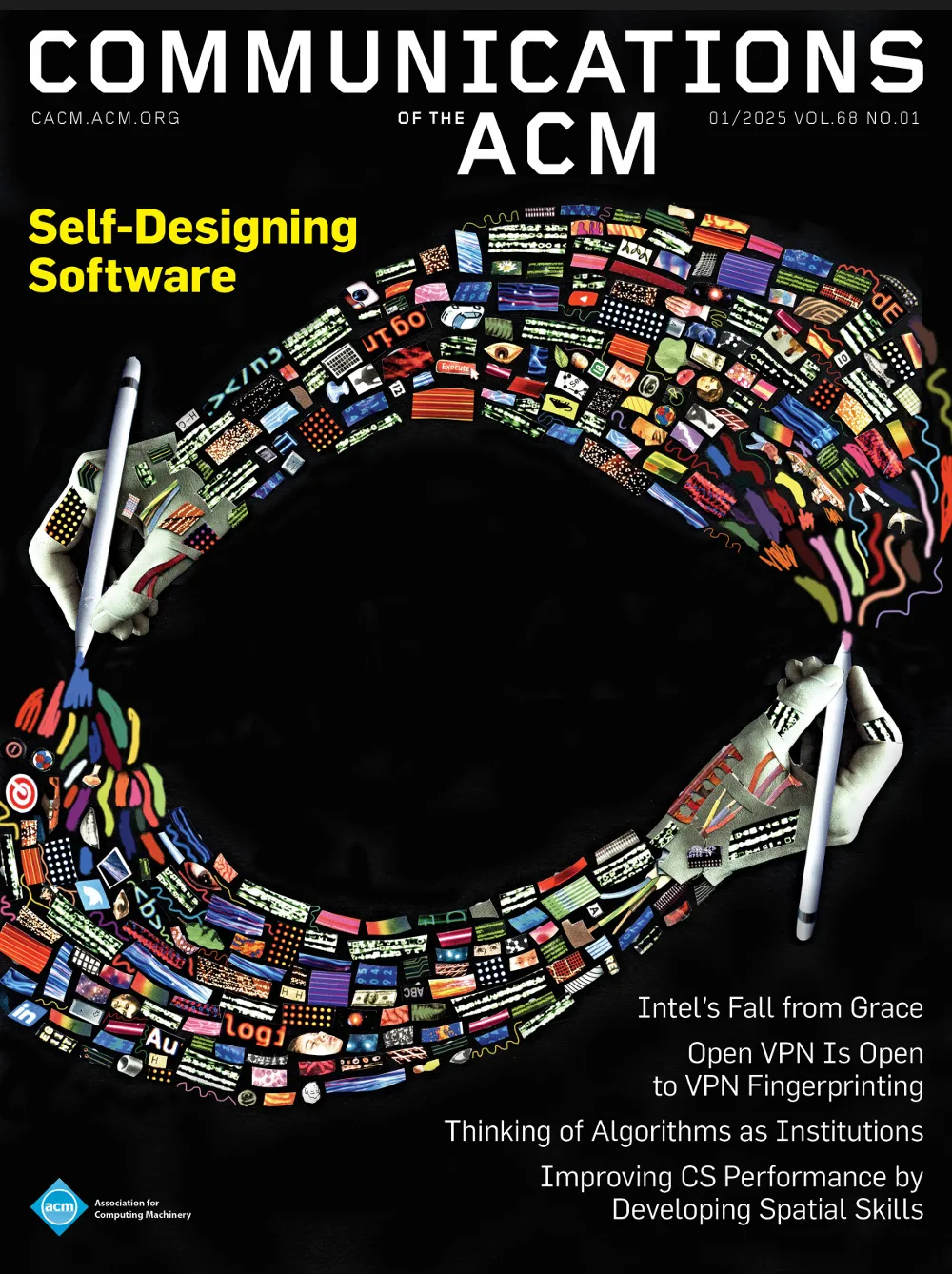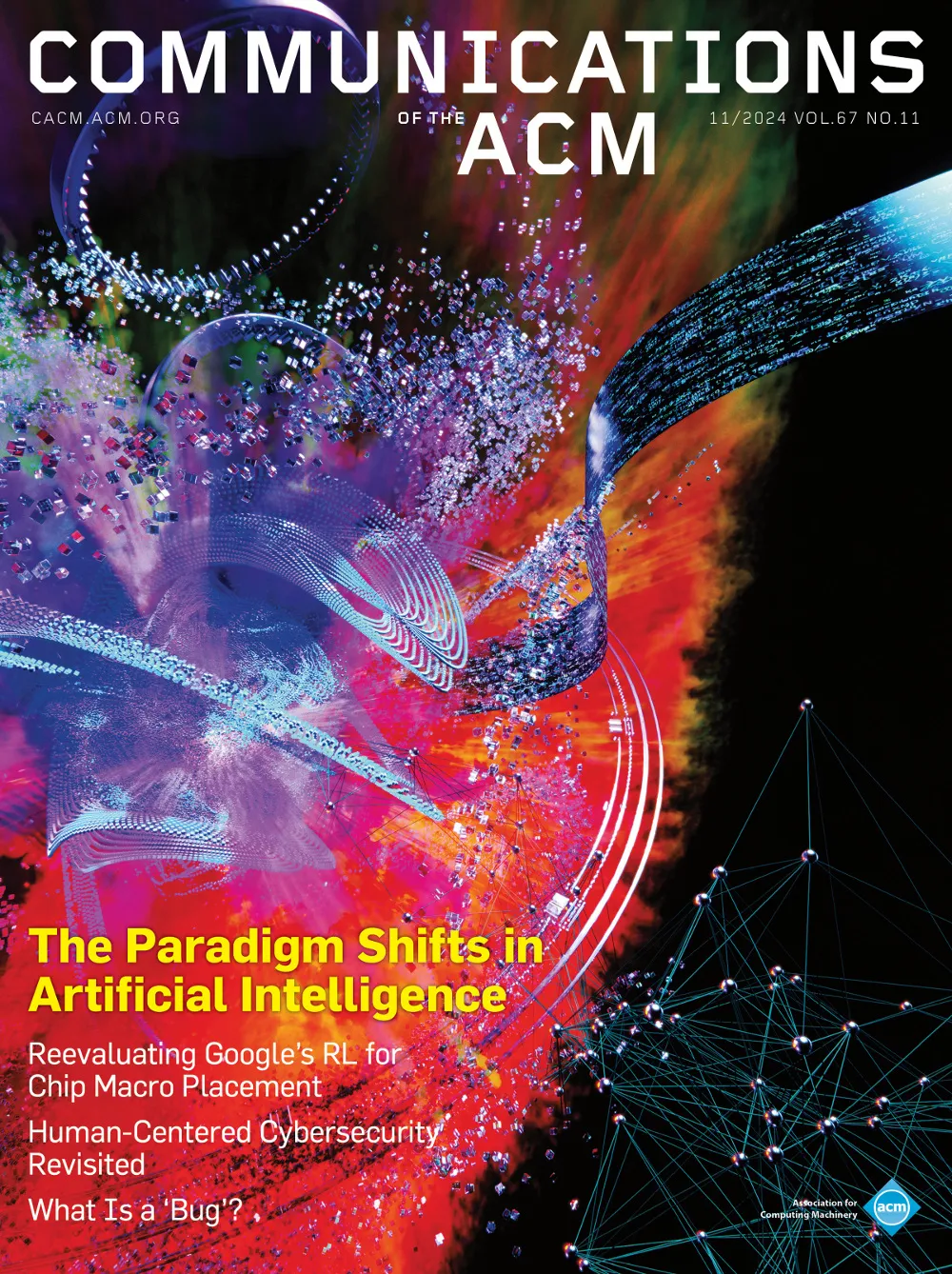As computer technology matures, our growing ability to create large systems is leading to basic changes in the nature of programming. Current programming language concepts will not be adequate for building and maintaining systems of the complexity called for by the tasks we attempt. Just as high level languages enabled the programmer to escape from the intricacies of a machine's order code, higher level programming systems can provide the means to understand and manipulate complex systems and components. In order to develop such systems, we need to shift our attention away from the detailed specification of algorithms, towards the description of the properties of the packages and objects with which we build. This paper analyzes some of the shortcomings of programming languages as they now exist, and lays out some possible directions for future research.
July 1979 - Vol. 22 No. 7

Features
An optimal real-time algorithm for planar convex hulls
An algorithm is described for the construction in real-time of the convex hull of a set of n points in the plane. Using an appropriate data structure, the algorithm constructs the convex hull by successive updates, each taking time O(log n), thereby achieving a total processing time O(n log n).
The notion that computation = controlled deduction was first proposed by Pay Hayes [19] and more recently by Bibel [2] and Vaughn-Pratt [31]. A similar thesis that database systems should be regarded as consisting of a relational component, which defines the logic of the data, and a control component, which stores and retrieves it, has been successfully argued by Codd [10]. Hewitt's argument [20] for the programming language PLANNER, though generally regarded as an argument against logic, can also be regarded as an argument for the thesis that algorithms be regarded as consisting of both logic and control components. In this paper we shall explore some of the useful consequences of that thesis.



